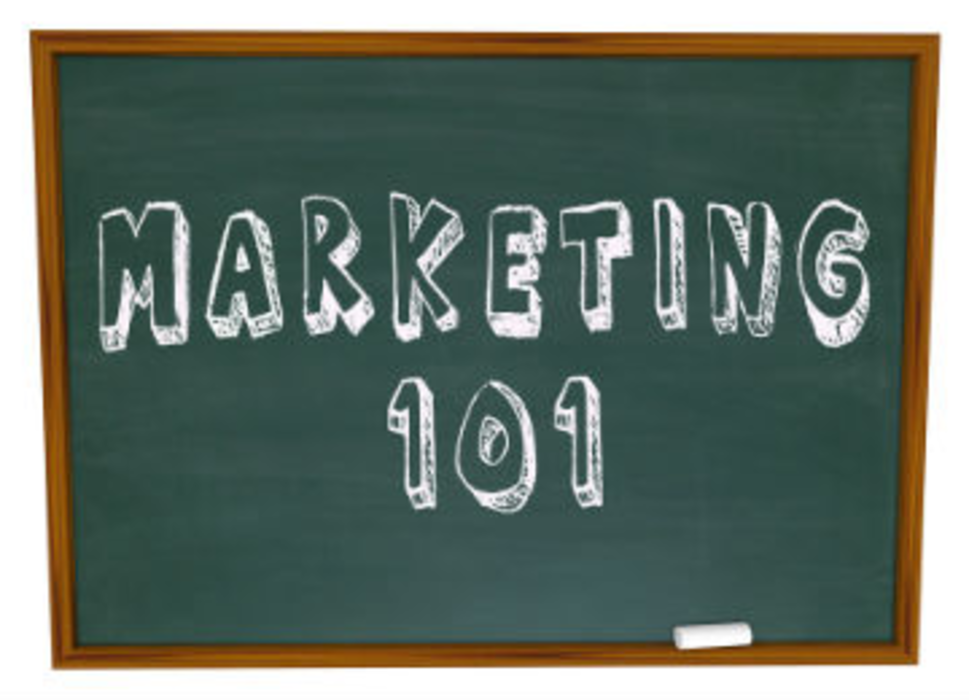Following its recent merger last May, AlloyASL Marketing continues its aggregation of teen and young adult data through its acquisition of certain assets related to Student Marketing Group. AlloyASL will now be referred to as ASL Marketing.
President of ASL Marketing Andrew Belth says the student market, composed primarily of 15- to 24-year-old consumers, as a “very important [yet] challenging [and] non-traditional” audience.
“[Teens] have grown up in the worlds of new technology,” Belth says. “They’re early adopters, they’re just beginning to establish brand loyalties, [and] they speak a language of their own.”
According to Belth, the older members of the student market, including college students and young professionals, are part of an “emerging” market with a multichannel focus.
“They’re finding new loyalties, [and] they’re not necessarily where you’d think a traditional nuclear family might be, which is they’re not necessarily watching broadcast television,” Belth says. “They might be watching things over the Internet. They may be multitasking. They still respond to email marketing to a great extent.”
But students aren’t ASL Marketing’s only focus. The organization plans to use its newly acquired demographic and behavioral data to target parents, as well.
“In the areas of education and finance, [students] look to their parents for guidance,” Belth says. “[Students] make a lot of decisions, or initiate a lot of purchase decisions, but very often, it’s the parents who close the deal.”
According to a whitepaper entitled “Millennial Inc.” by Mr Youth and Intrepid, 43% of millennials surveyed prefer word of mouth marketing when it comes to receiving product updates and information, followed by TV (26%) and webpages (22%). While ASL Marketing will continue to enhance its traditional direct mail strategies, Belth says the company is also exploring digital channels, such as mobile, email, and display advertising in order to appeal to its younger, multichannel audience.
Belth says the two organizations began discussing terms of the acquisition approximately six months ago, and that it was Student Marketing Group’s longevity and reputation as a “strong competitor” that made the company a perfect fit. Common clients will also be able to benefit from the compilation of both companies’ data, he says.
Although Belth refused to discuss acquisition price or equities, he did say there were layoffs at Student Marketing Group. While 60 to 70% of Student Marketing Group employees were able to keep their jobs, a few overlap positions did result in layoffs, he says.








